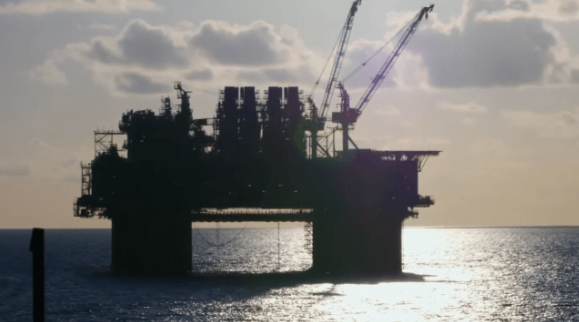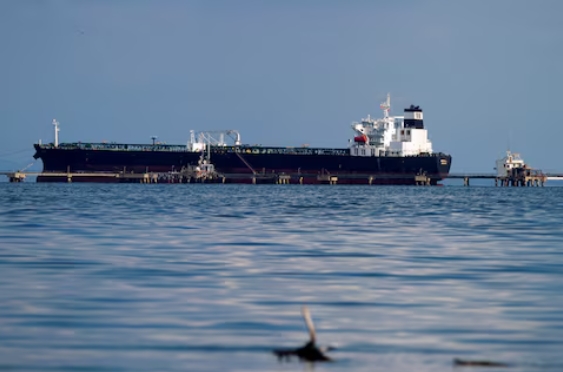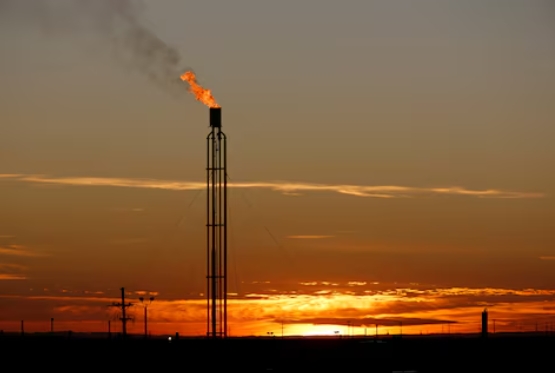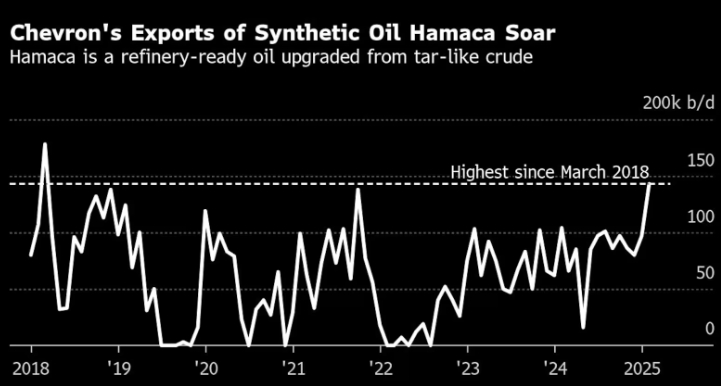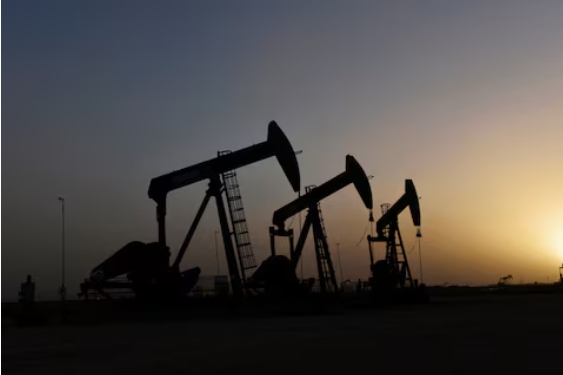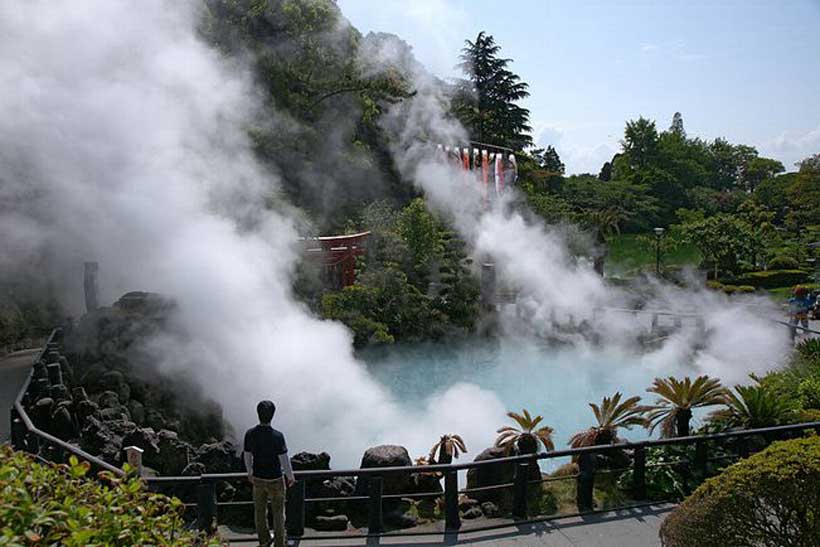
Sustainable and renewable energy has been mentioned as the future of the world’s energy resources, replacing fossil energy. The rising global concerns on the environmental toll of global fossil fuel usage has led to demands on renewable energy as a solution for the betterment of our planet. One of the most attractive hidden assets of sustainable renewable energy is geothermal energy, the heat residue from the formation of the planet and the radioactive decay of minerals contained within the earth’s rocks and fluids. Geothermal energy has been harnessed and utilized for centuries, but the power production and utilization for electricity has been increasing during the last decades. Through bilateral cooperation, Indonesia and New Zealand continue to take part in the global transition to sustainable renewable energy by developing geothermal energy exploration, geothermal utilization knowledge and technology transfer programs. Entering the 5th decade of cooperation, Indonesia and New Zealand are still facing fundamental obstacles in developing rapid progress in geothermal energy utilization.
Located in the Asia Pacific Region and Ring of Fire, both Indonesia and New Zealand have multiple alternative energy resources, additionally in a rather larger proportion of the world’s renewable energy. Indonesia’s estimated geothermal reserves can generate up to 29 gigawatts of electricity, occupying 40% of the world’s total geothermal reserve and placing it as the 3rd largest geothermal producer. On the other hand, New Zealand pioneered some of the earliest large-scale geothermal utilization and is now able to provide 17% of total national electricity energy mix. Indonesia and New Zealand have also committed in achieving Nationally Determined Contributions (NDC) to reduce carbon emissions, as agreed in the Paris Agreement on Climate Change. Both countries also have ambitious targets to increase renewable energy portion in total national energy mix. The national commitment, along with the common interests on developing geothermal energy, has led Indonesia and New Zealand to strengthen bilateral cooperation as an effort to transition from fossil energy to sustainable renewable energy.
In the geothermal energy sector, Indonesia first familiarized itself with New Zealand through a country-wide inventory of thermal features in 1974 wherein New Zealand provided technical assistance for the exploration by Indonesia’s State-Owned Enterprise (SOE), PT. Pertamina. Both countries also made further exploration in Kamojang, West Java, and established the first geothermal power plant in Indonesia before proceeding to formalize the cooperation between the governments.
Legal Framework for Indonesia-New Zealand Geothermal Energy Cooperation
Indonesia and New Zealand has several legal documents regarding geothermal energy cooperation. In 1975, Indonesia and New Zealand formalized the cooperation in the exploration and development of geothermal resources in Indonesia through the Exchange of Notes between the Minister for Foreign Affairs of the Republic of Indonesia and the Ambassador of New Zealand concerning an extension and expansion of the program previously conducted. Following the next Exchange of Letters dated 1977 concerning the power station construction of the Kamojang Geothermal Development Program, the administrative arrangement was made in 1982 between the Government of New Zealand and the Indonesia’s SOE in electricity sector, PT. PLN, that acted as one of executing agencies for the cooperation. Commemorating 30 years of cooperation, Indonesia and New Zealand signed an arrangement on geothermal energy cooperation in 2012.
The arrangement then substituted by the 2016 Arrangement on Cooperation in Renewable Energy and Energy Conservation. After reaffirming their shared commitment to strengthen cooperation in a Joint Communique in 2018, Indonesia and New Zealand signed a Plan of Action for Comprehensive Partnership for the Period 2020-2024 that also includes exploration and conservation of geothermal energy. Considering the language used in the clauses, the nature of Indonesia-New Zealand arrangements can fairly be classified as soft law or non-legally binding. However, the review mechanisms stated in the Arrangement and the Plan of Action show both countries’ willingness to cooperate for a considerable amount of time. The 2016 Arrangement has become the legal protection and allows for cooperations between SOEs and universities in both countries to explore broader areas of geothermal explorations, extractions, and conservation. The article of implementation in the 2016 Arrangement also demands an annual meeting that allows for reporting and reviewing implementation progress to ensure energy accessibility and affordability.
With concrete outcomes in mind, Indonesia-New Zealand geothermal energy cooperation covers multiple specific areas, such as exchange of experience and best practices in energy efficiency and conservation, investments, and technology developments. However, the utilization progress of Indonesia’s geothermal energy is currently only about 4 to 5% of total geothermal resources and contribute under 5% of total energy mix. Besides Indonesia’s heavy reliance on fossil energy, the underutilization of geothermal energy is also caused by several obstacles. The obstacles to geothermal development in Indonesia include; (1) high upfront capital requirements and risk, making resistance to incoming investments, (2) uncertain pricing mechanisms that makes electricity tariff from geothermal power plants more expensive, and (3) policy and regulations uncertainty, including the bureaucracy and policy inconsistency between central and regional government that hinders development effectiveness.
As a sustainable and renewable energy, geothermal is calculated to be more efficient and cheaper to operate, thus promising growth in economic development. Also, the nature of geothermal energy that provides baseload power instead of intermittent power also guarantees its sustainability in the long run. It is imperative that Indonesia and New Zealand, through bilateral cooperations, strive to increase utilization of geothermal energy. To overcome the obstacles, increasing the interconnections between political actors and private sector can contribute to the strengthening of cooperation, thus projecting faster development and utilization of geothermal energy. Establishing clearer policies and regulations should also be prioritized.
Unlike fossil fuel, geothermal energy production and utilization, if conducted properly, do not release any significant carbon emissions that cause ozone depletion and other harms to the environment. Even so, geothermal development should also avoid overdevelopment, as it could disturb the balance of nature. It is necessary to be prudent in exploration and conservation of geothermal energy. The Indonesia-New Zealand cooperation has emphasized the urgency to proactively position geothermal energy as competitive sustainable energy because of its renewable, environmentally friendly nature, and prospective eminence in the future energy market. The transition from fossil fuel to geothermal energy is indeed a challenging task. However, this transition will greatly contribute to the betterment of our earth.
